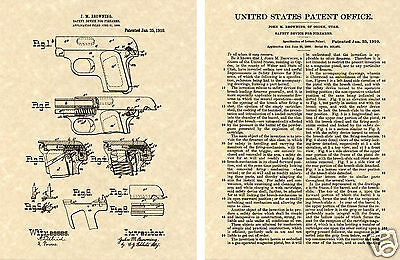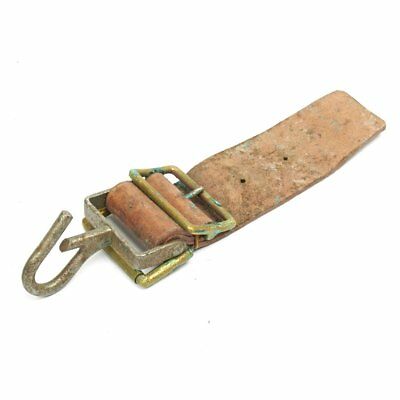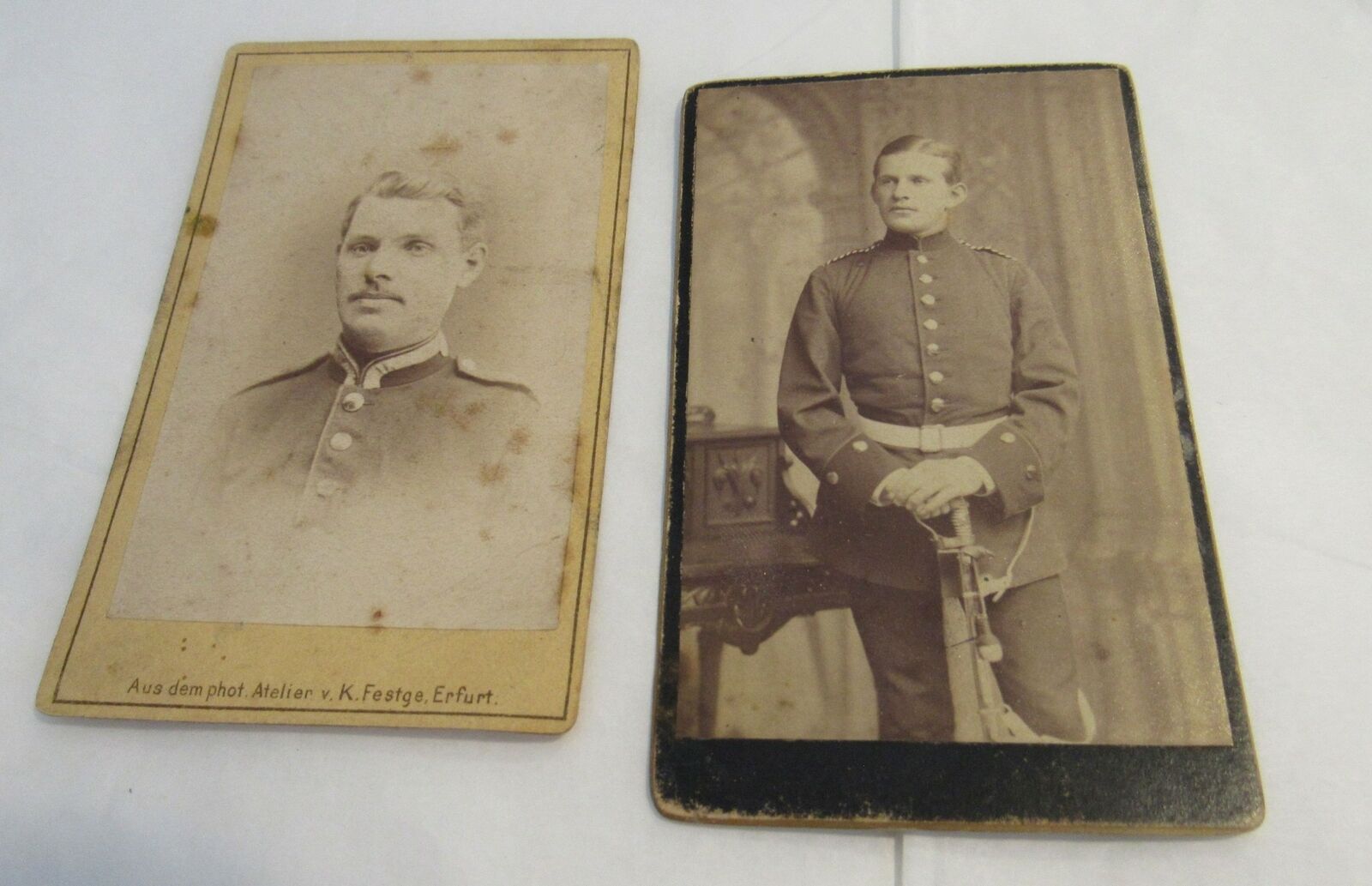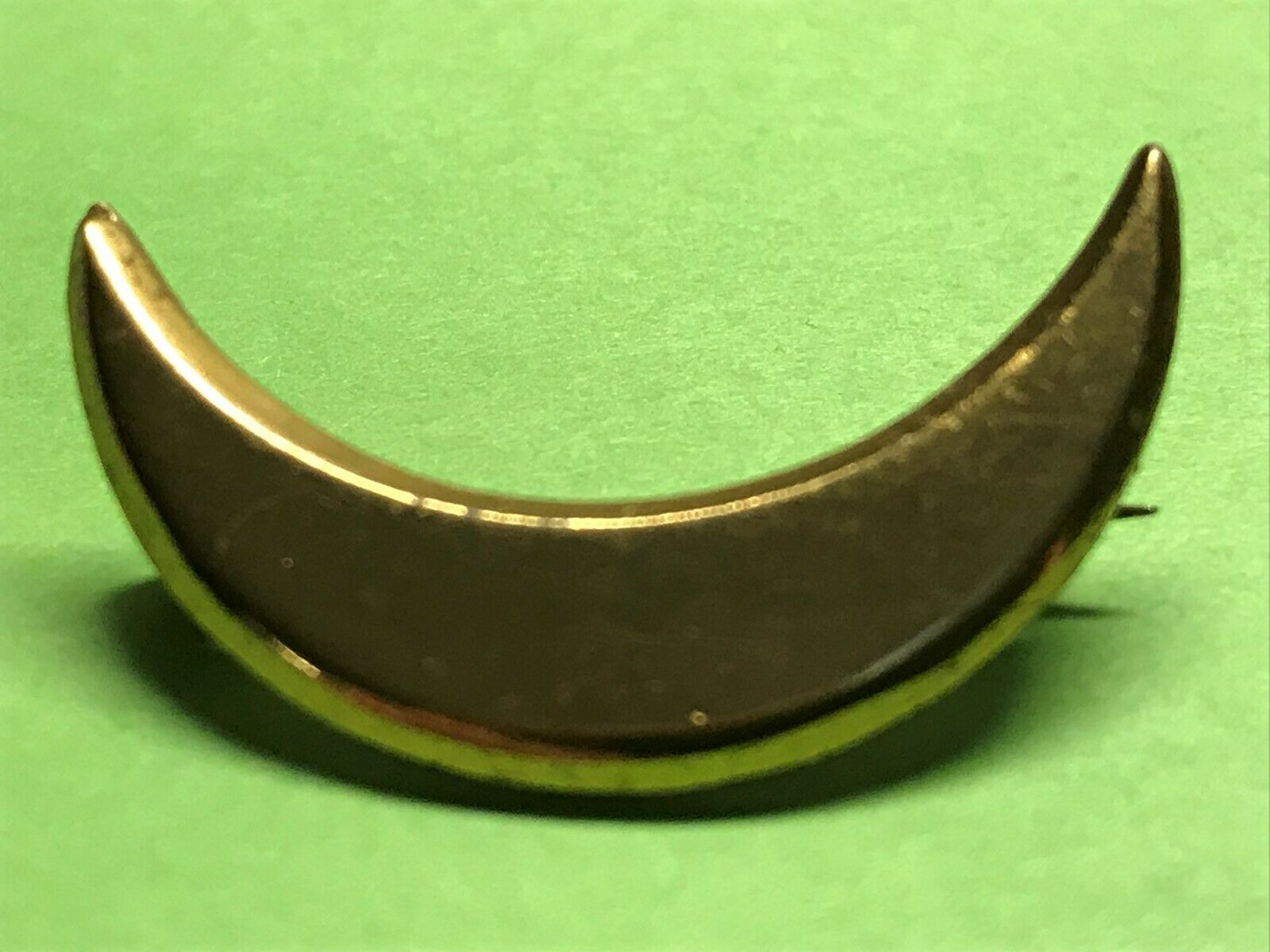-40%
Vintage French Uniform of the Ecole Speciale de Saint-Cyr Military Academy
$ 264
- Description
- Size Guide
Description
This beautiful and rare French uniform comes with the Tunic, Epaulettes, Trousers, Shako (hat), Belt, and Sword Knot. One of the two sword straps is missing from the belt as is the feathered plume for the Shako.There's no insect damage or excessive wear that I can see. Based on the lining of the tunic,the uniform appears to be from the late 1800's thru the early 1900's . See photos for condition and details. Thanks for your interest!
The
École Spéciale Militaire de Saint-Cyr
(
ESM
, literally the "Special Military School of Saint-Cyr") is the foremost French military academy. It is often referred to as
Saint-Cyr
. Its motto is "
Ils s'instruisent pour vaincre
": literally "They study to vanquish" or "Training for victory". French cadet officers are named "saint-cyriens", or "cyrards". The École spéciale militaire de Saint-Cyr is located in Coetquidan in
Guer
, Morbihan department, Brittany, France.
French students who enter the École Spéciale Militaire de Saint-Cyr as cadets are about 21 years old, and undergo three years of training. All ESM cadets graduate with a master of arts or a master of science and are commissioned officers.
The Academy was founded in Fontainebleau in 1802 by Napoleon Bonaparte near Paris in the buildings of the
Maison Royale de Saint-Louis
, a school founded in 1685 by Louis XIV for impoverished daughters of noblemen who had died for France. The cadets moved several times more, eventually settling in Saint-Cyr, located west of Paris, in 1808.
he
École Spéciale Militaire
was created by order of Napoleon Bonaparte on May 1, 1802 (the Law of
11 Floréal an X
according to the then-official
revolutionary calendar
), to replace the
École Royale Militaire
then located in Fontainebleau. Renamed the
École Spéciale Impériale Militaire
after Bonaparte was proclaimed Emperor, it moved in 1808 to Saint-Cyr-l'École (Yvelines) in the castle of the former
Maison royale de Saint-Louis
, a school for girls of the French nobility disbanded at the time of the Revolution.
The school trained a large number of young officers who served during the Napoleonic Wars. It remained stationed in Saint-Cyr-L'École after Napoleon's deposition and through all regime changes until 1940. After the defeat of the French Army against Germany in 1940, the school moved to the free zone, in the south of France, in Aix-en-Provence. After the invasion of the free zone by the Germans in 1942, the school was disbanded, but French cadet officer training went on, part in Cherchell (Algeria, then Free French territory) and part in the United Kindom(
Cadets de la France Libre
) under Genral
de Gaulle's command.
At the Liberation
of France in 1944, the School was reunited under the command of General de Lattre de Tassigney and settled in the military camp of Coëtquidan, Morbihan, because the "
vieux bahut
" (old school) had been severely damaged by an Allied bombing during the Libération campaign.
The
École Spéciale Militaire de Saint-Cyr
has remained there to this day. A reform in 1961 split the school into two entities: the current
École Spéciale Militaire de Saint-Cyr
(ESM), devoted to the training of direct recruitment officers, recruited through an annual national competitive exam, and the
École Militaire Interarmes
(EMIA), cadets from internal recruitment (selected from non-commisioned officer (NCO) ranks and reserve officer ranks) and added a third entity, the
École Militaire du Corps Technique et Administratif
(EMCTA), devoted to the formation of administrative specialist officers. The school admitted its first female cadets in 1983 and underwent a minor reform in 2002 devised to broaden the diversity of its direct recruitment.
Since 1802, 65,000 saint-cyriens have been trained, along with 2,000 international cadets. Nine thousand six hundred thirty-nine of them died on the field of battle. Alumni also count 11 Marshalls of France, three French heads of state, two flying aces, six members of the
Académie Française
, and one
Blessed
of the Catholic Church.




















